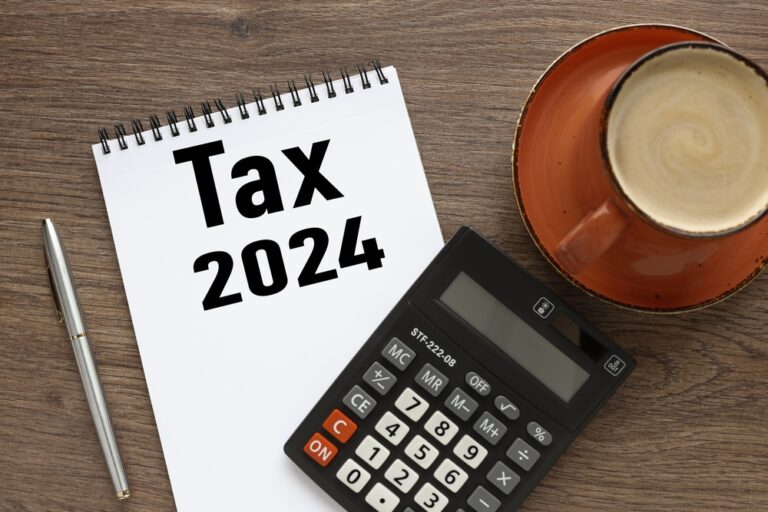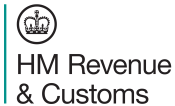Tax benefits on
Investments
Tax benefits on Investments
 > Resources
>
Newsletter
> Resources
>
Newsletter

Government support includes the enterprise investment scheme (EIS) and its sibling, the seed enterprise investment scheme (SEIS) – venture capital schemes designed to encourage, by means of attractive tax reliefs, shareholding investment in growing companies. According to the EIS Association, nearly £30 billion has been invested in more than 53,000 companies since the schemes were created in 1994 and 2012 respectively.
This brief article focuses on the individual investors, but companies must first ensure that they are eligible for relief because they have to confirm that the shares issued in return for the investment qualify for relief.
Among other things, the conditions for companies relate to it, its trade and the use of the investment. There are also conditions that must be met by the investors relating to their connection with the company issuing the shares, loans between the parties, and existing shareholdings. Naturally, relief will not be available if the investment is part of a tax avoidance scheme.
EIS investors
An individual can invest up to £1m a year in qualifying EIS shares, or £2m if at least half of this is in companies carrying out research, development or innovation when the shares are issued – known as ‘knowledge-intensive’ companies. The investor can claim the following reliefs:
- Income tax: A tax deduction of 30% of the investment is given in that or the previous year. Note that unused relief cannot be carried forward.
- Capital gains tax: If the qualifying shares have been held for at least three years before disposal, and if income tax relief has not been withdrawn, the proceeds are not subject to capital gains tax. Investors can also defer capital gains on other assets if the proceeds are invested in EIS-qualifying shares. The gain is charged when the EIS shares are disposed of or a chargeable event relating to them takes place.
- Loss relief: As with other shares, a loss on the disposal of EIS shares can be set against gains in the same or subsequent years. However, subject to conditions and as a possibly more attractive alternative given the higher rates involved, the investor may alternatively claim the loss as a deduction from total income in the tax year of the loss, the previous year, or both.
SEIS investors
Although introduced after the EIS, the SEIS was envisaged as attracting investors at an earlier stage in a company’s life, with EIS investment following.
For example, the qualifying SEIS company must be less than three years old (two years before April 2023) and have not previously traded, whereas EIS investments can be made into companies up to seven years old (ten years for knowledge-intensive companies). This is also reflected in the lower maximum investment limit of £200,000 (£100,000 before April 2023) for investors.
The tax reliefs available to SEIS investors are similar to EIS, but with some differences as follows:
- Income tax: The tax deduction is at 50%.
- Capital gains tax: The three-year holding threshold also applies to SEIS. However, rather than deferral relief, if disposal proceeds of other assets are reinvested in SEIS shares, 50% of the gain is exempted.
- Loss relief: Applies as for EIS shares.
Note:
Given the attractive reliefs available, both the EIS and SEIS are subject to stringent conditions that must be met by both the company and the investor. These should be researched in detail for both companies and individual investors to ensure compliance.





